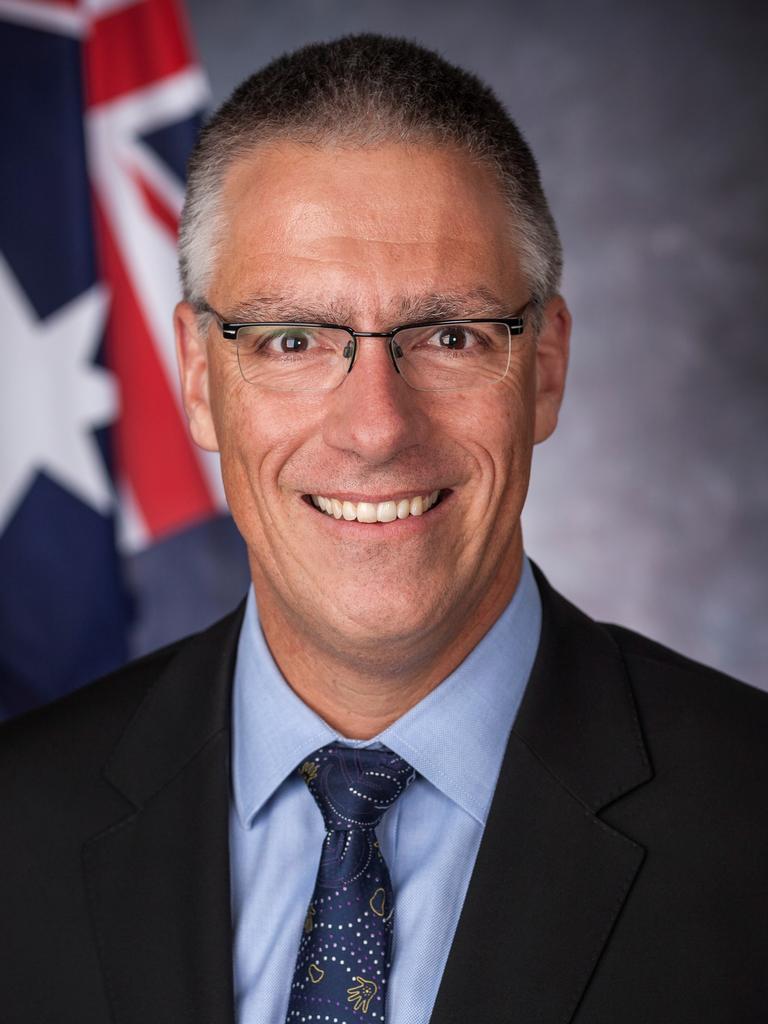Sovereign capability … it starts in the classroom

November 10, 2021
If you’d asked my 16-year-old self what an engineer does, I wouldn’t have been able to tell you. Fast forward to 2021 and I marvel at the places my career in engineering and physics has taken me. 16-year-olds today can’t possibly predict the careers of the future. But it’s vital they’re aware of the exciting opportunities that science, technology, engineering and mathematics (STEM) careers offer.
One way to do this is to ensure that parents and teachers understand the range of diverse, interesting and fulfilling career paths that are available to STEM-trained students. The STEM pipeline is famously “leaky”, with students turning away from STEM as early as primary school.
Defence has a large stake in building the national STEM talent pool. With approximately 30 per cent of civilian roles and more than 40 per cent of military roles being STEM-enabled, our requirement for STEM capable people will only continue to grow. We must raise awareness of the career opportunities in defence industry and support national efforts to improve uptake of STEM studies and careers.

Defence industry businesses need to attract the brightest minds and grow their workforces. Once people are in the industry, there is ongoing work needed to train and retain them. Defence is helping businesses through programs such as the Schools Pathways Program, the Defence Industry Internship Program, the Defence Industry Secondment Program and the Skilling Australia’s Defence Industry Program.
But we can’t be complacent. We need to keep working across government, the education sector and industry to ensure that Australian businesses can meet Defence’s capability needs, drive innovation, grow and remain competitive.
There is greater demand than supply across the sector, particularly for people with advanced STEM skills. There is fierce competition for people with relevant qualifications and experience – the demand is only rising. The key to attracting top-level professionals is creating environments where the work they’re doing is interesting and has a clear path to impact.
In a number of critical technology areas, such as cyber security, the mismatch in salaries is a significant disincentive. We need to look at other incentives in those areas. We have to collaborate to improve understanding of emerging technologies in order to predict future workforce needs.
We know that women continue to be under-represented in STEM fields, which was borne out in the Office of the Chief Scientist’s 2020 STEM Workforce Report.
It found that women continue to be under-represented in management roles, have higher unemployment rates and lower incomes than men. Disappointingly, there have only been small improvements in the experiences of women in STEM. In 2006, 27 per cent of STEM university graduates in the labour force were women, increasing to just 29 per cent in 2016.
This change must be accelerated if we are to be truly competitive. The Lead The Way: Defence Transformation Strategy outlines the need for gender equality and women’s empowerment as part of Defence’s mission in national and global security.
Defence is committed to addressing gender inequity in its STEM workforce, recognising that by accessing the best talent from all parts of our diverse community, we gain a competitive edge. Our newly launched NAVIGATE program aims to bolster female representation in our STEM workforce, particularly at more senior levels, as well as enable STEM professionals from the broader science-and-technology ecosystem to transition into Defence, and facilitate career mobility for those already within Defence. We are aiming for an intake that represents the diversity seen in society, and are keen for people who have taken a mid-career break to apply.
Increasing the number of women in leadership roles will help create a pathway for quality female candidates to feed into our senior leadership positions, which have historically had poor female representation.
Defence sponsors “The Future Through Collaboration” program, which provides networking, mentoring and learning opportunities for women in STEM working in the Defence sector. The goal of this program is to grow and enhance capability by increasing the representation and development of women.
Building, expanding and strengthening our STEM workforce is key to achieving sovereign capability. It is only through our STEM workforce that we will gain access to or control over the skills, technology and intellectual property, financial resources and infrastructure we require to support and maintain our defence industrial base.
This is why Australia’s recently announced Sovereign Industrial Capability Priorities and their supporting plans are so important in guiding Defence and defence industry. The new Priorities are:
● Robotics, Autonomous Systems, and Artificial Intelligence
● Precision Guided Munitions, Hypersonic Weapons, and Integrated Air and Missile Defence Systems
● Space
● Information Warfare and Cyber Capabilities
Realising truly sovereign capabilities comes with many challenges. With commitment and determination, I firmly believe we can overcome these challenges to ensure our highly capable STEM workforce is strong both now and in the future.
Dr David Kershaw is chief of the Science Impact and Engagement Division, Department of Defence.
For all the latest Education News Click Here
For the latest news and updates, follow us on Google News.

